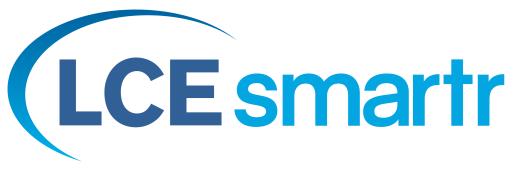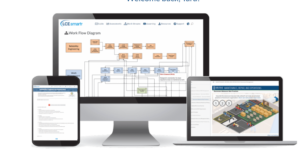Asset-intensive organizations like manufacturing plants, industrial facilities, and public utilities depend on the strong management of physical assets to reliably meet operational and financial goals. Implementing an asset management strategy that will produce predictable, reliable, and sustainable results means the organization clearly understands how and where to make the best investments in its asset management system. These investments include designing for reliability and better reliability and maintenance work processes throughout the asset life cycle as well as training people at all levels of the organization.
So what does that mean for asset-intensive organizations seeking to improve their asset management strategies based on sound investments?
As senior leaders of organizations, we have a fiscal responsibility to shareholders and stakeholders to ensure that the investments made in the organization’s assets produce the best return on investment, protect the assets, and keep personnel and the environment safe. A properly funded asset management system should support these goals:
- Safe, reliable and stable facility operations
- Predictable failures and cost
- Failure elimination
- Lowest lifecycle cost and risks
- Design of new systems, processes, and facilities using the lowest total cost of ownership best practices
Determining if your organization is optimizing how it currently uses assets begins with assessing your cost and performance against other best-in-class companies to reveal where you are performing well and identify any gaps in performance. This gap assessment should include the financial impact that the current state of performance is having on areas such as equipment downtime, lost revenue, reduced asset life (unexpected capital expenditures), and excessive cost. The assessment should also predict the financial impact that improved asset management performance would have on productivity, cost, and risks.
Once you have identified all the gaps in performance, you can develop a gap closure plan that outlines the prerequisites and the steps required to close the gaps along with the investments needed to fund the plan. In most cases, this plan will require people to do their jobs differently, including how executive management funds initial capital investments, how the equipment is operated and maintained, and even how it is disposed of after its useful life. To deliver different results, change is required. As W. Edwards Deming stated, “Your system is perfectly designed to give you the results that you get.”
To ensure that the changes required to improve performance are sound investments, the impact of each required change should be supported by a business case that clearly defines:
- The current state of performance and cost
- How closing specific gaps will provide a return on investment through improved equipment performance, increased revenue, and reduced risk and cost.
- The plan to achieve improved performance, includes investments in people’s time, expenses, capital, consultants, subject matter experts, and training.
- Schedule of investments and expected return on those investments.
To improve how we manage the reliability and performance of our assets, we need to ensure that a sound business case for change supports the investments we are making in our assets.
















